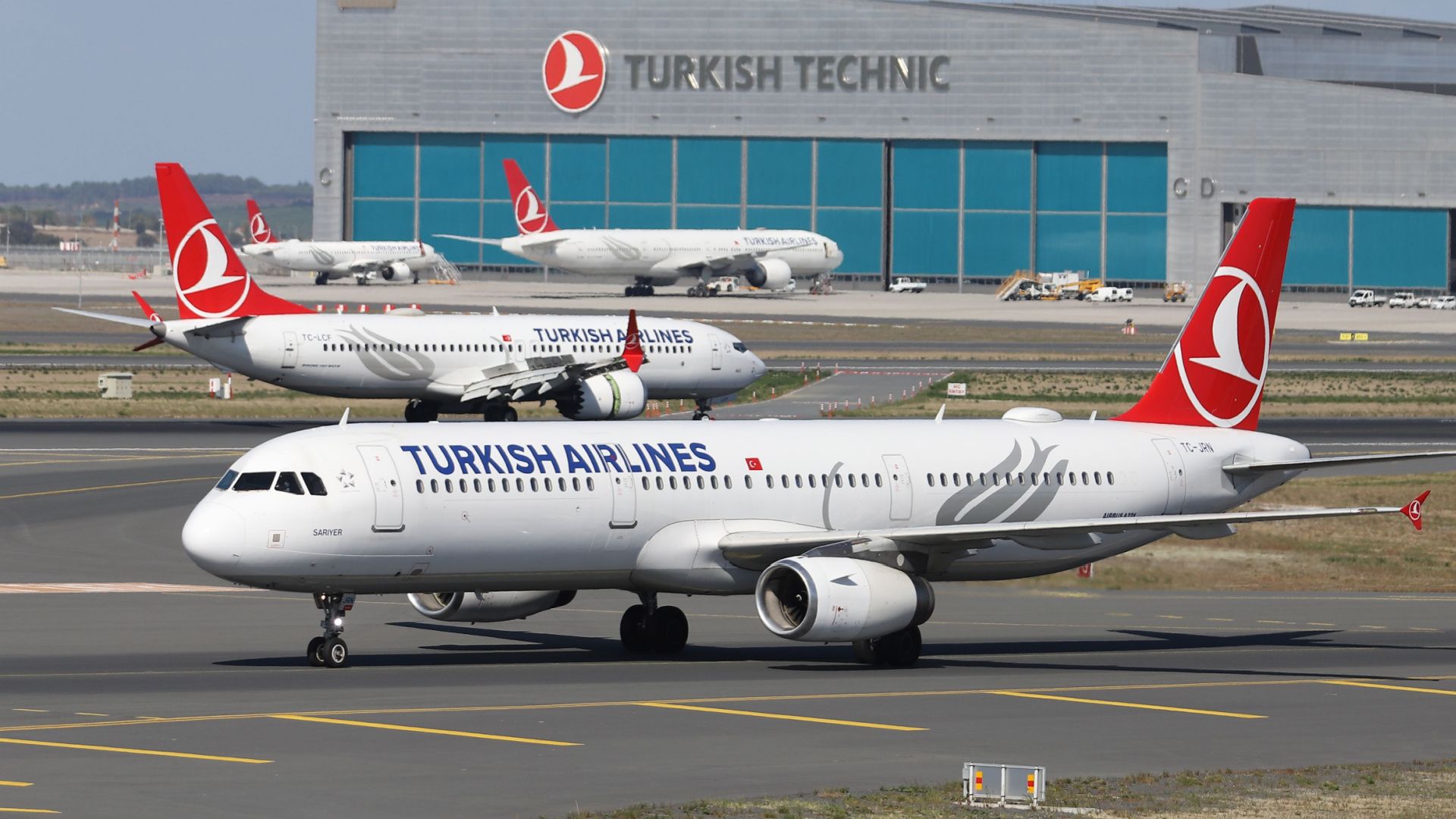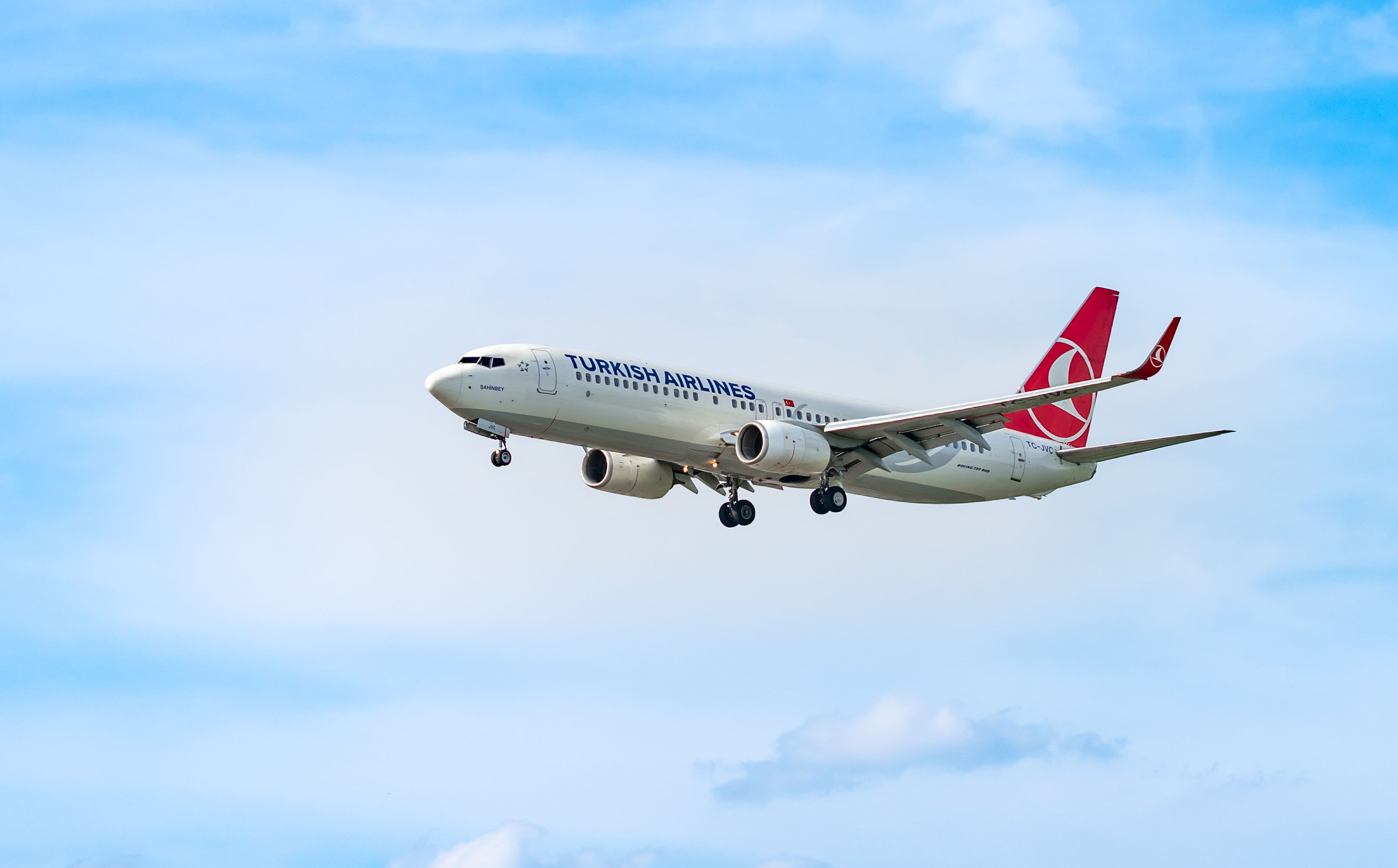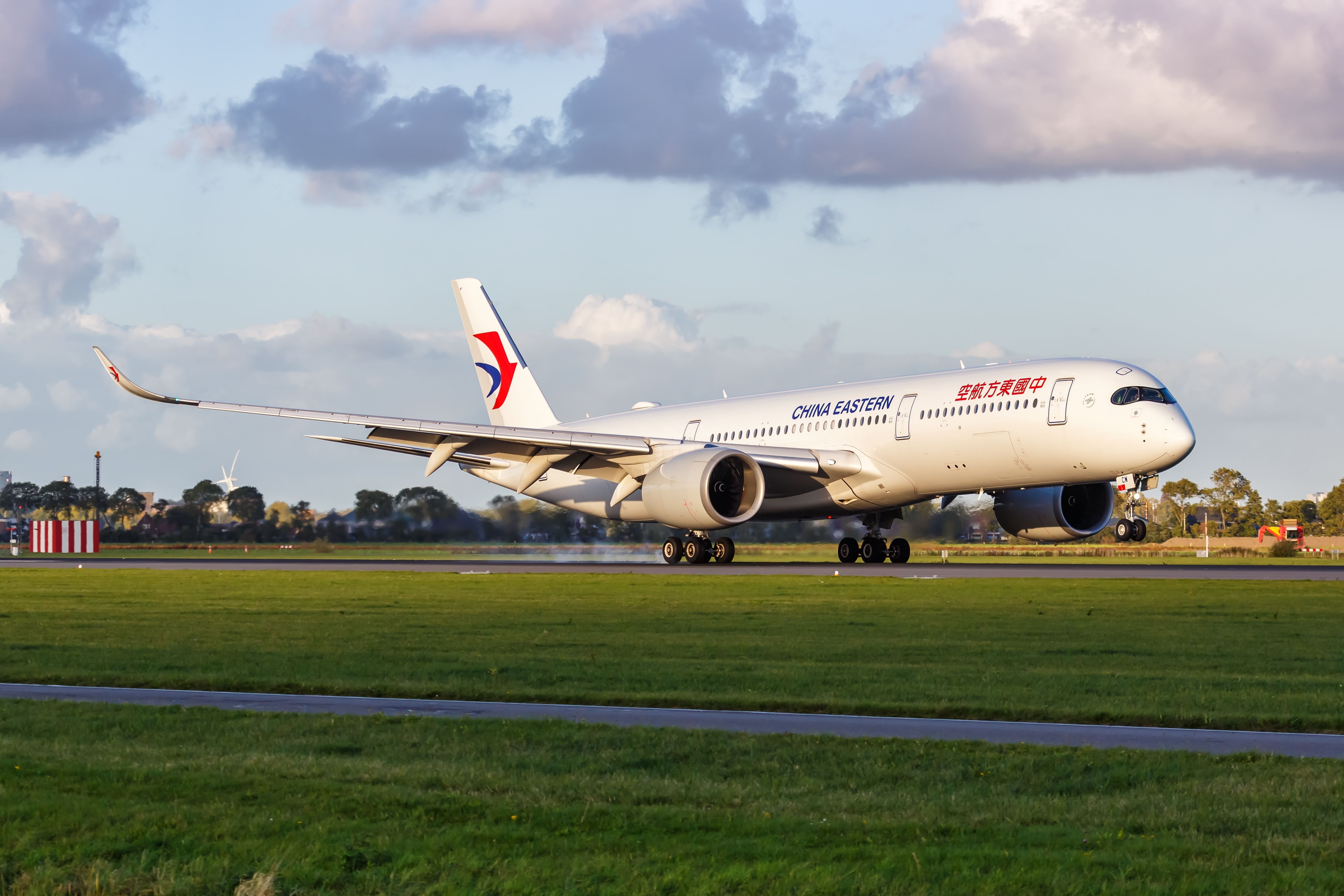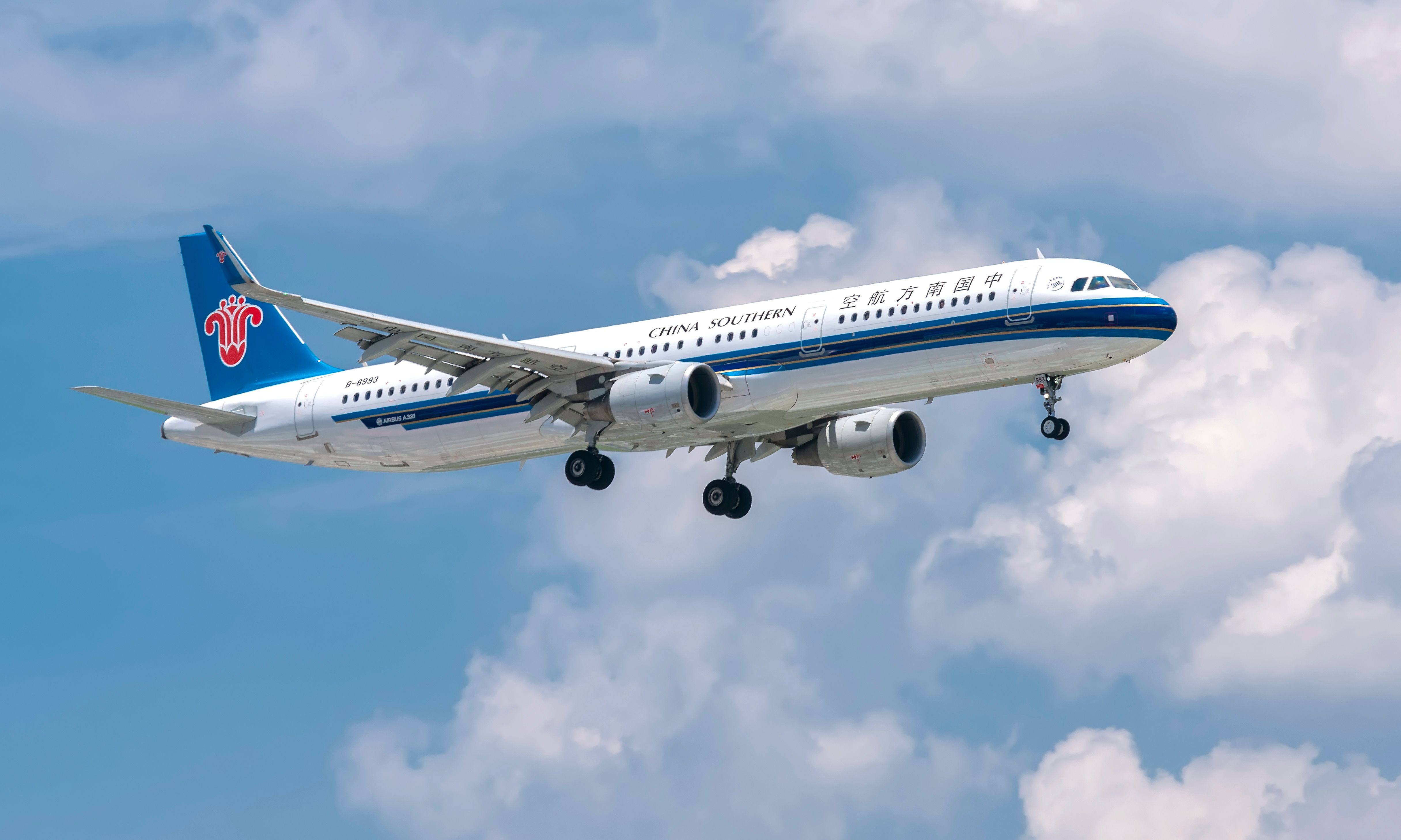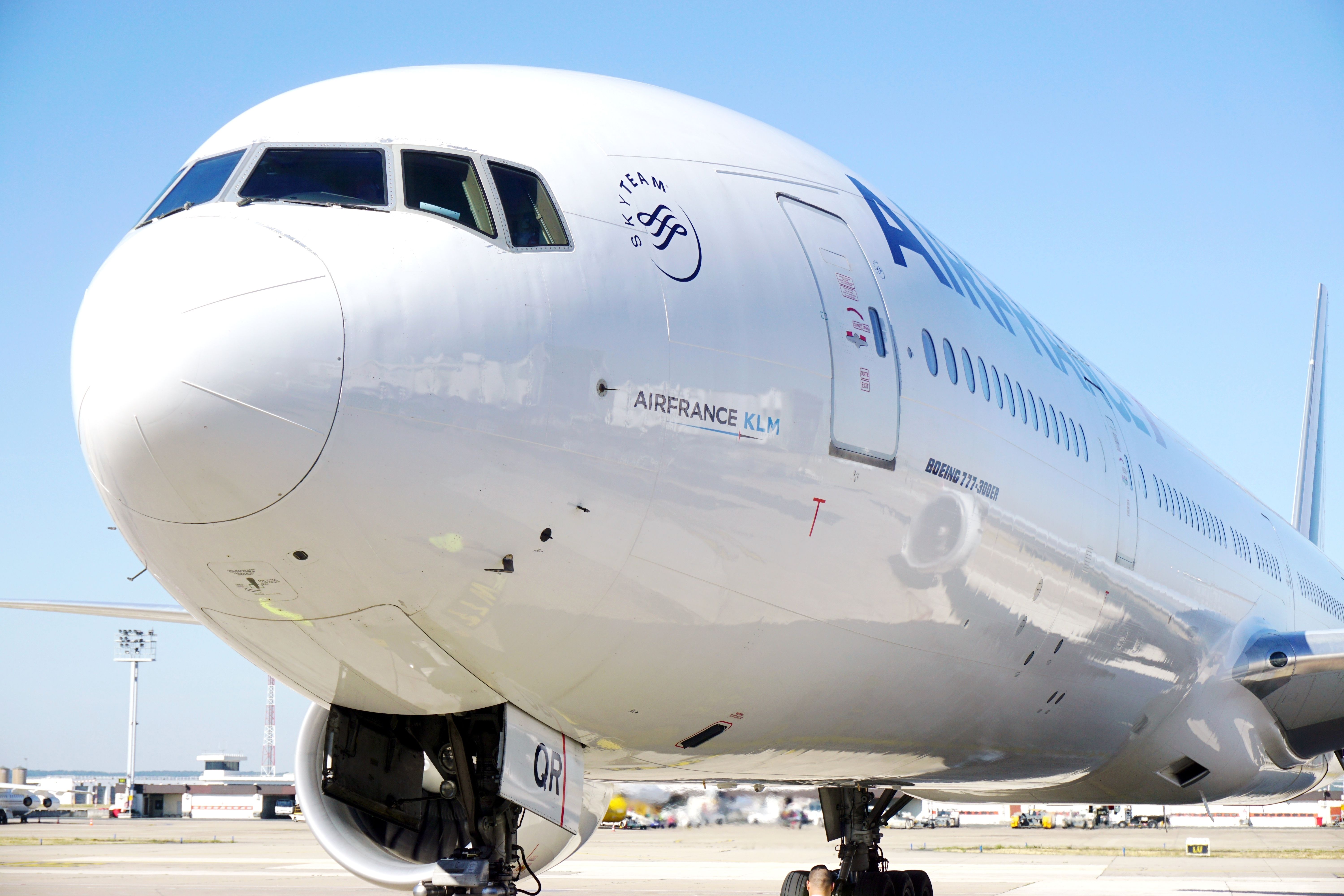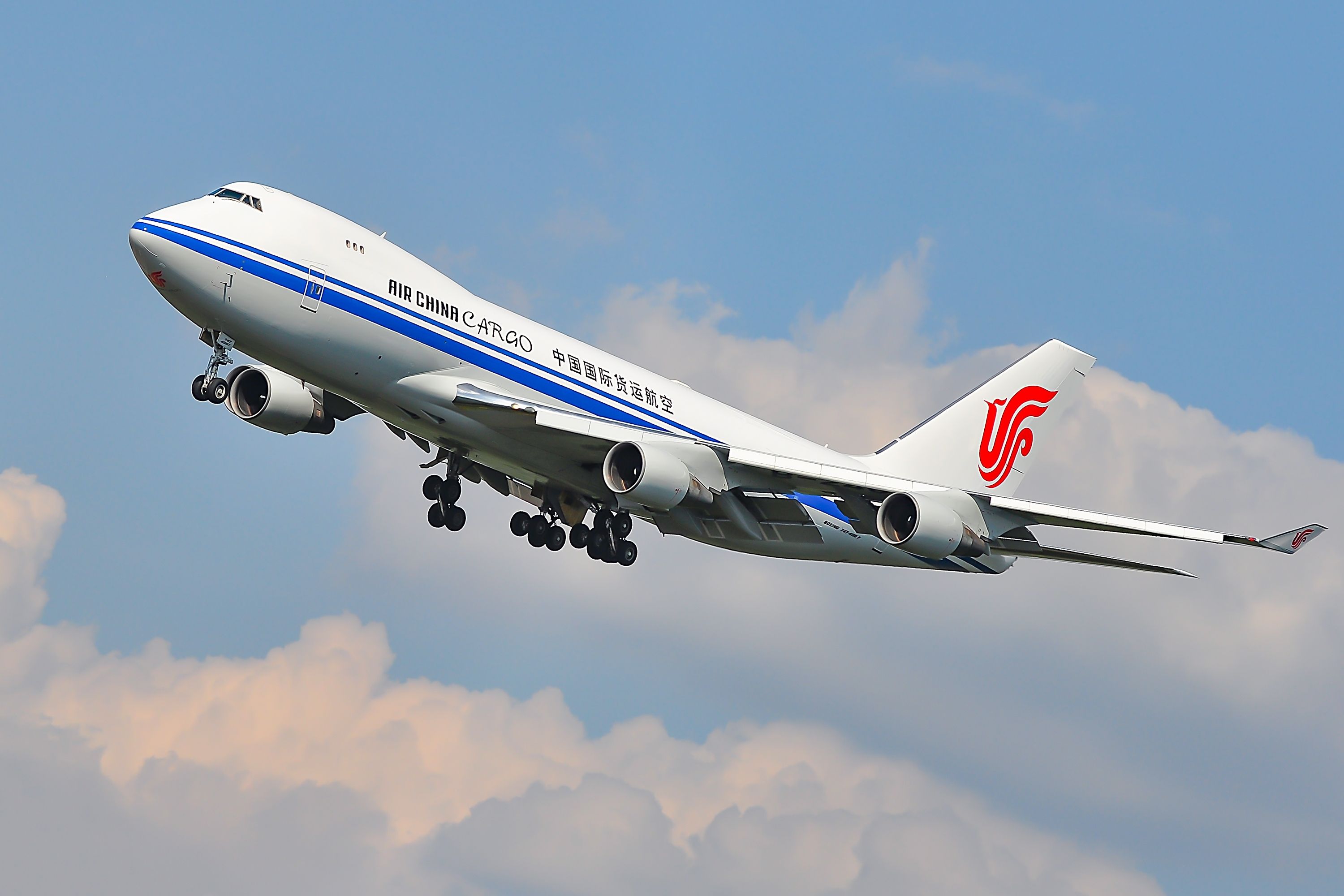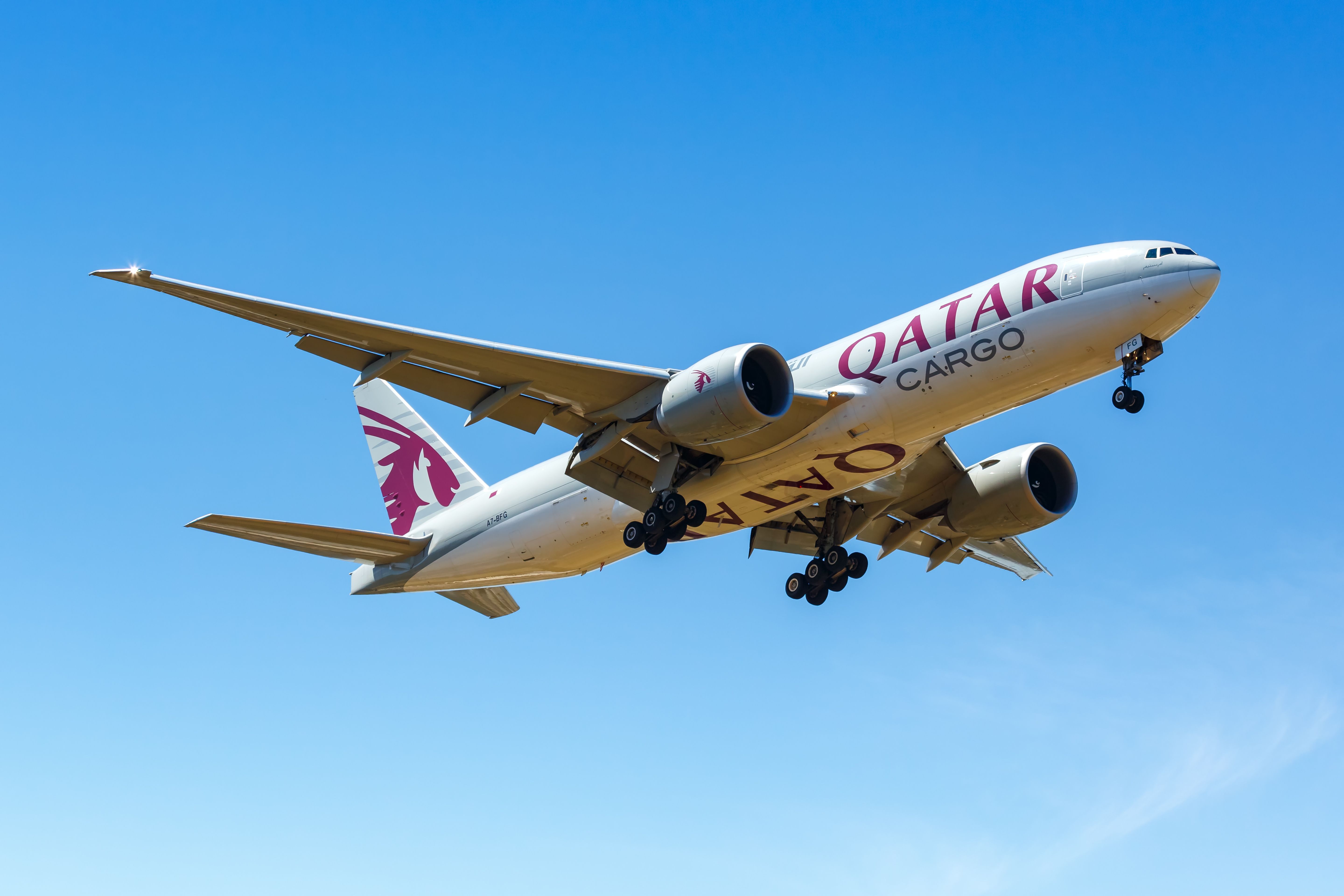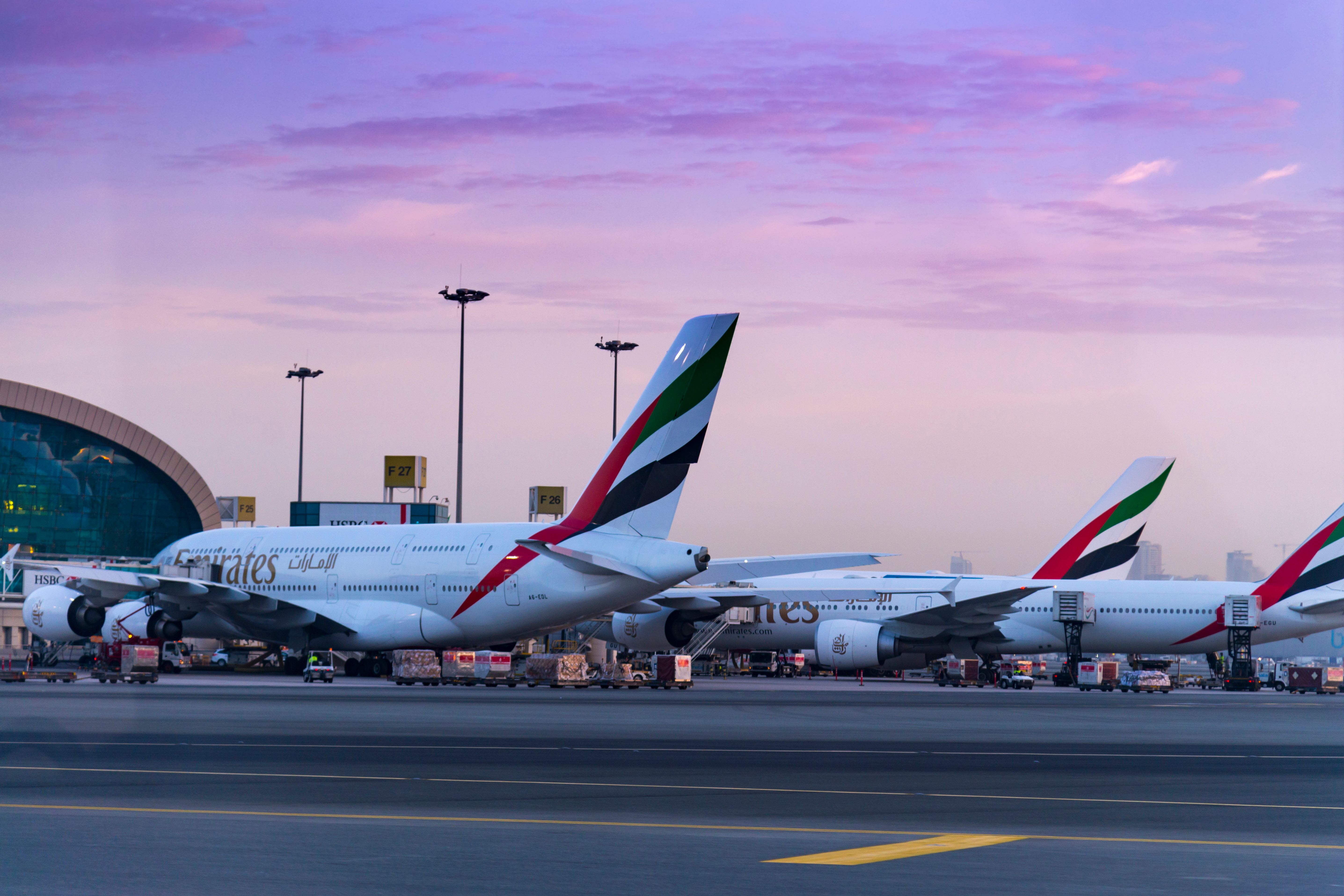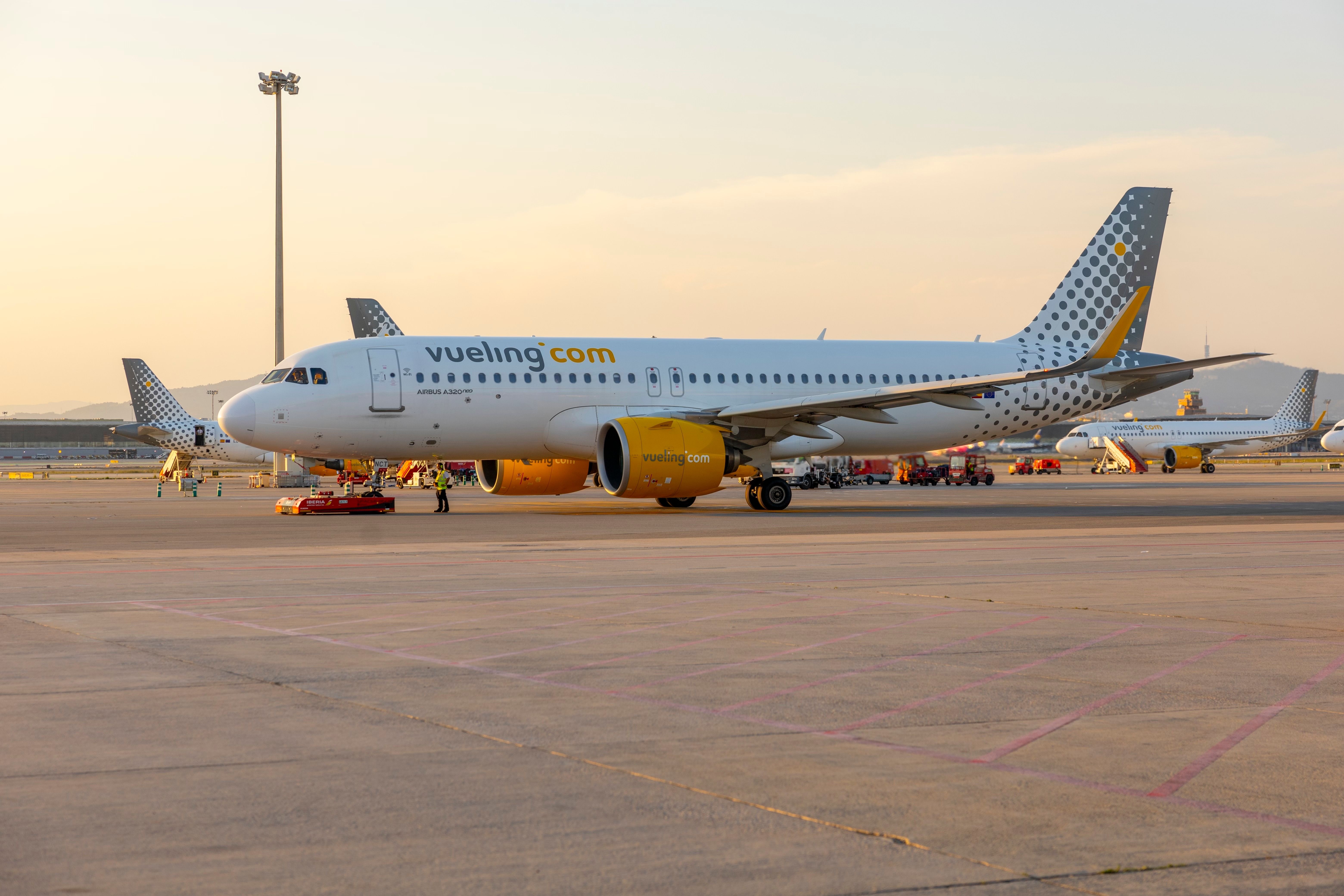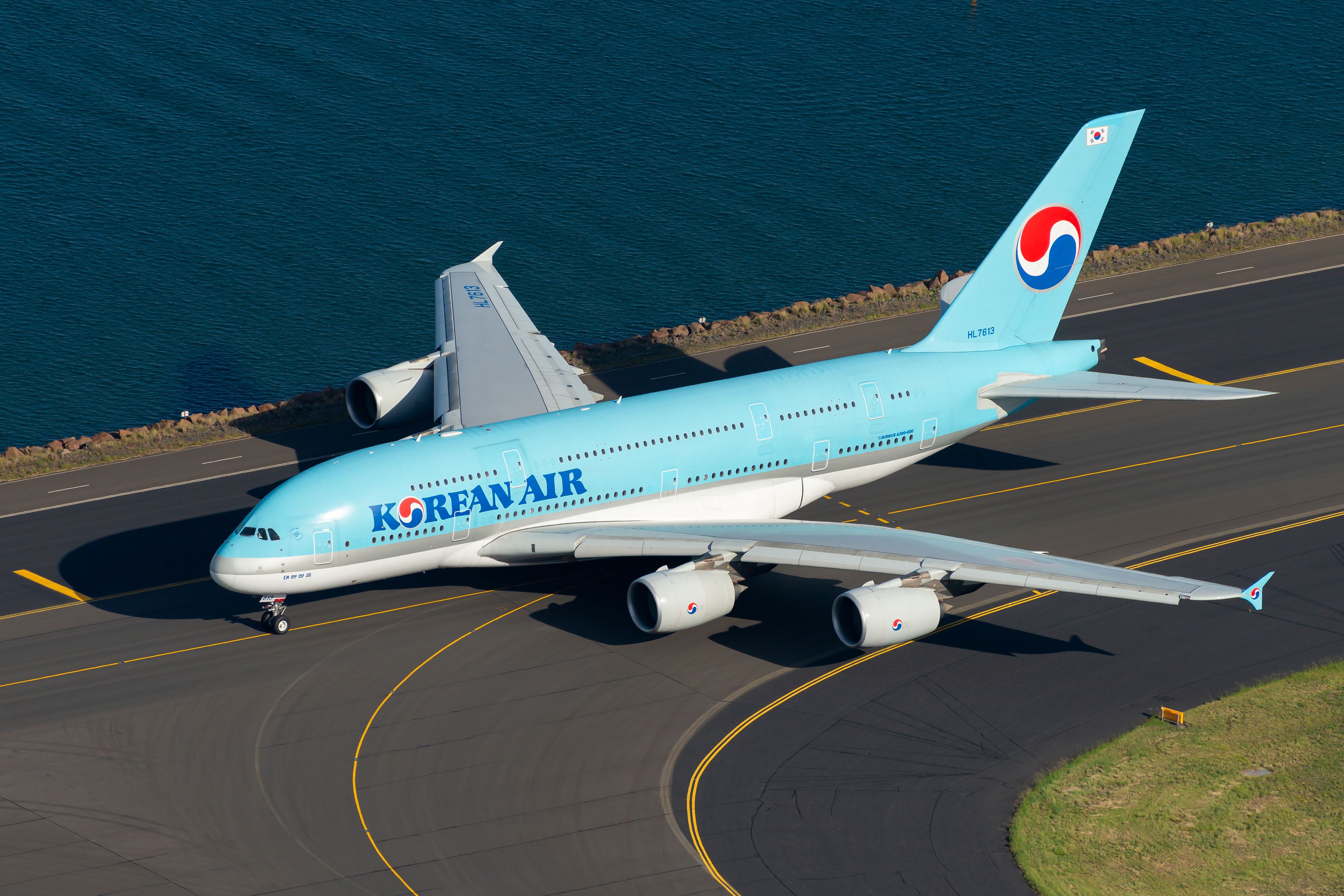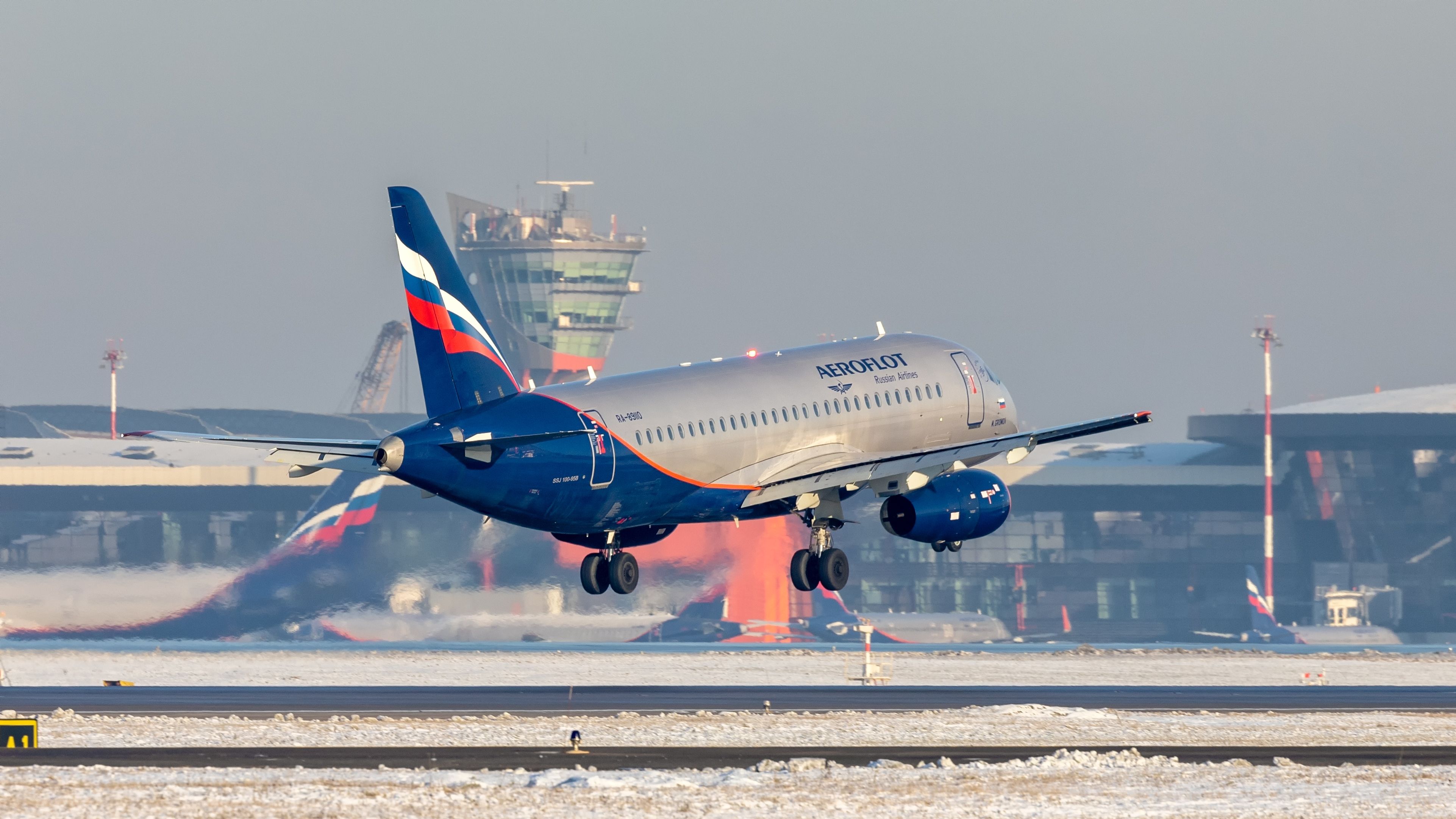Summary
- State-owned airlines prioritize fulfilling governments' strategic initiatives over maximizing profits for shareholders.
- Turkish Airlines, China Eastern Airlines, and China Southern Airlines are among the largest state-owned carriers globally.
- The Qatari government wholly owns Qatar Airways, while the Investment Corporation of Dubai fully owns Emirates.
While most airlines in the United States and Europe are privately owned, many of the world's largest global carriers are owned at least in part by their respective governments. These carriers often operate differently, as they attempt to fulfill governments' strategic initiatives rather than simply return the highest profits to their shareholders. In this article, we'll take a deep dive into the ten largest airlines (by number of destinations served) that are fully or partially state-owned.
1 Turkish Airlines
The flag carrier of Turkey is the world's third-largest airline by number of destinations served, with 340. The Turkish government's Ministry Privatization Administration owns a 49.12% non-controlling interest in the carrier, with the remaining 50.88% of the company's shares traded publically.
The airline returned a profit of $3.2 billion in 2022, a significant portion of which came back to the Turkish Government. Turkish Airlines' fleet of 400 jets, alongside the carrier's other assets, has a net value of over $30 billion. While the airline is privately owned, the carrier does play an important role in developing a Turkish national identity and bringing millions of tourists to the nation annually.
2 China Eastern Airlines
China Eastern is the world's sixth-largest airline by number of destinations, providing service to 248 destinations worldwide. This SkyTeam alliance member is majority-owned directly by the Chinese government, which maintains a 50.7% share. Other Chinese state-controlled companies maintain over 15% more of the company's shares.
Surprisingly, some foreign investors maintain strong stakes in the company, such as Delta Air Lines, which controls 9% of shares. The US-based Vanguard Group, an investment firm, also controls 1.6% of the company as of 2022. Last year, the airline returned a gross loss of $4.4 billion.
3 China Southern Airlines
China Southern maintains a fleet of over 650 aircraft and serves 216 destinations with scheduled passenger flights and a variety of cargo-only connections. The Chinese government holds a 75.4% stake in the carrier, and other Chinese enterprises control roughly 5% more.
Foreign investors also maintain a strong ownership base in the airline, with American Airlines controlling a 5.8% interest and US-based investment firms the Vanguard Group and BlackRock holding 1.6% and 0.8% shares, respectively. The company posted a net loss of $2.5 billion in 2022.
4 Air France
The traditional French flag carrier, which maintains a fleet of 243 aircraft and serves over 220 destinations, is a subsidiary of the larger Air France-KLM, an airline conglomerate owned by a variety of investors.
The French government maintains a 28.6% share in Air France's parent company which, while not a controlling interest, certainly allows for some control over the airline. Foreign carriers also maintain shares in Air France-KLM, such as China Eastern Airlines with a 4.7% stake and Delta with 2.9%.
5 Air China
Now, we have the third of China's "big three" airlines, Air China. The carrier, which serves 201 destinations worldwide with a fleet of over 490 aircraft is controlled primarily by the Chinese government, which maintains a 53.46% stake in the company.
Cathay Pacific, the flag carrier of Hong Kong, also maintains a strong interest in the airline at 18.13%. Air China, much like the other major Chinese carriers, posted a record loss in 2022 of $5.6 billion.
Get the latest aviation news straight to your inbox: Sign up for our newsletters today.
6 Qatar Airways
This airline, the flag carrier of Qatar, which maintains a fleet of over 230 aircraft and serves over 170 destinations, is entirely owned by the Qatari government. The carrier, which is led by Akbar Al Baker, turned a profit of over $1.2 billion last year, partially thanks to the travel boom brought by the 2022 FIFA World Cup held in Qatar. The carrier's fully state-owned status has led the airline to get caught up in international political tensions, such as the Saudi-led blockade of the nation which ended in 2021.
7 Emirates
The unmistakable Dubai-based carrier is unsurprisingly fully state-owned, with the Investment Corporation of Dubai maintaining complete ownership. The carrier, which serves over 130 destinations with its fleet of over 260 Boeing 777s and Airbus A380s, is part of the overall Emirates Group, which maintains investments across the food, beverage, and leisure sectors. The conglomerate as a whole posted a 2022 profit of nearly $3 billion.
8 Vueling
An interesting entry on this list is the Spanish Vueling, a low-cost carrier based in Barcelona which connects 148 destinations with a fleet of 125 narrow-body aircraft. The airline's state ownership doesn't come from the Spanish government, however but rather from the Qatari one.
Vueling is a member of the International Airlines Group (IAG), which the government of Qatar owns a 25.43% stake in. While this ultimately doesn't amount to a controlling interest, the state of Qatar certainly maintains some influence over the massive airline conglomerate.
9 Korean Air
The flag carrier of South Korea, which serves 121 destinations with a fleet of 164 aircraft, is also an unexpected entry on this list. While the airline was originally founded in 1962 as the state-owned Korean Airlines, the carrier's ownership has since been greatly diversified. However, among the carrier's stakeholders the Korean government does maintain a roughly 10% share, with 3% of the company controlled by the state-owned Korea Development Bank and another 7% of shares owned by the National Pension Service of Korea.
Additionally, the airline's largest shareholder, the Hanjin KAL Group is owned in part by the Korean government as well, with the Development Bank controlling over 10% of shares. Rather uniquely among airlines that are in part state-owned, Korean Air provides stock ownership options to their employees, and as such 4.3% of the company is controlled by the airline's own staff.
10 Aeroflot
The flag carrier of the Russian Federation is rather unsurprisingly state-owned, with the Russian government controlling 73.77% of shares prior to the invasion of Ukraine in 2022. Since the war began and sanctions have been placed on Russia, accurate financials have not been reported by the carrier and the airline has repossessed shares held by creditors in sanction-imposing nations.
Prior to February 2022, the carrier served 146 destinations, but their route network has since been cut down to 110 and the airline's membership in global alliance SkyTeam has been suspended. Should the war end, Aeroflot's status, network and ownership could potentially change.
Source: Market Screener, Nikkei Asia

